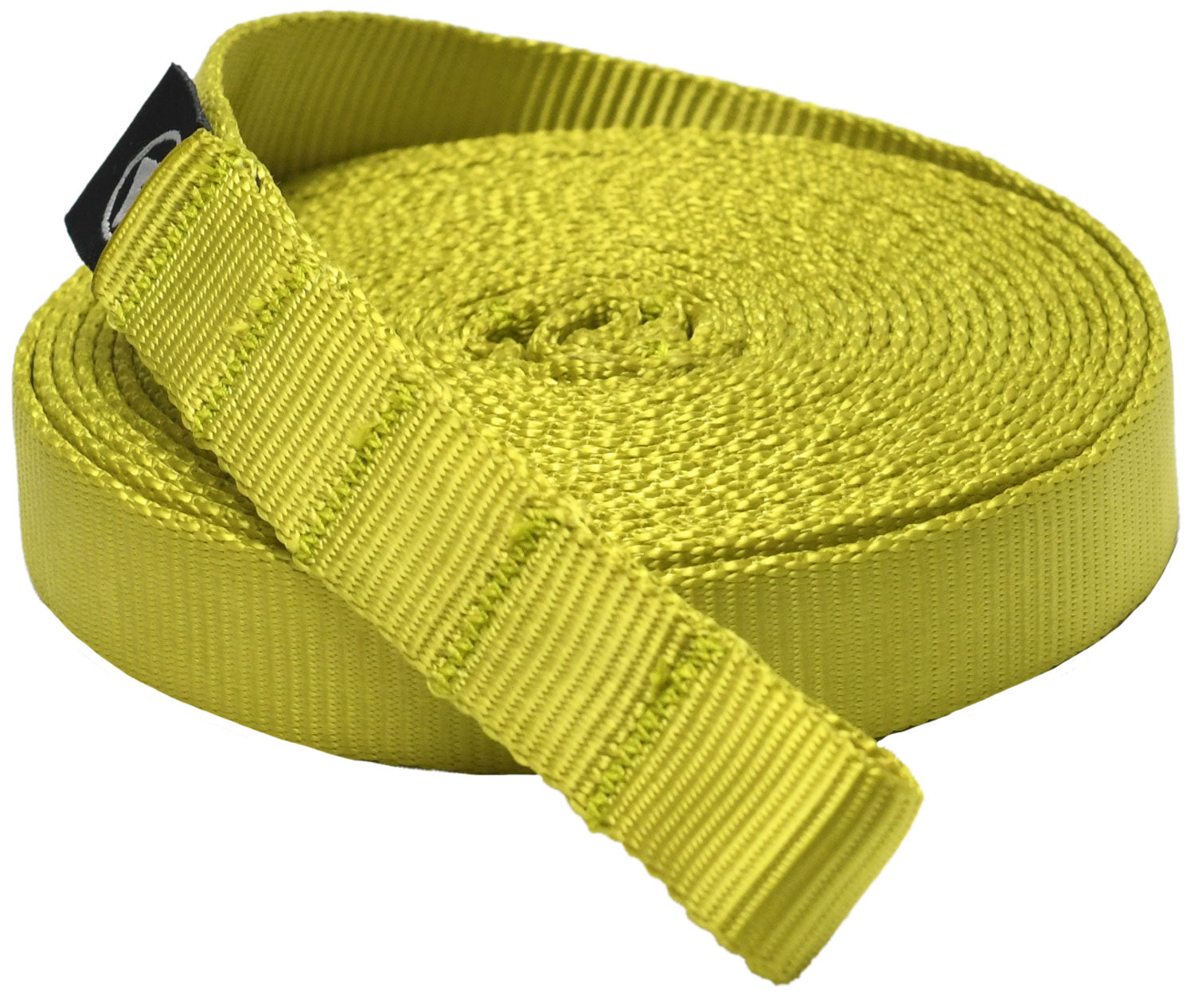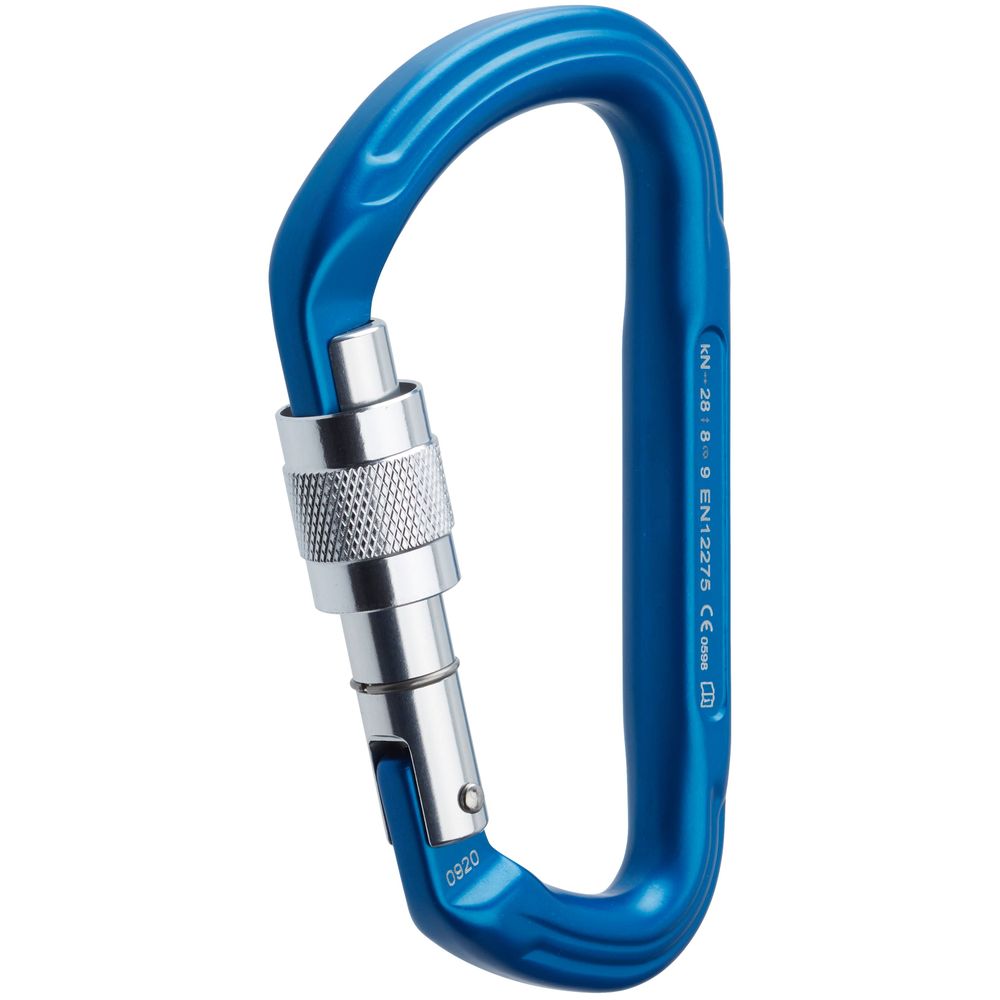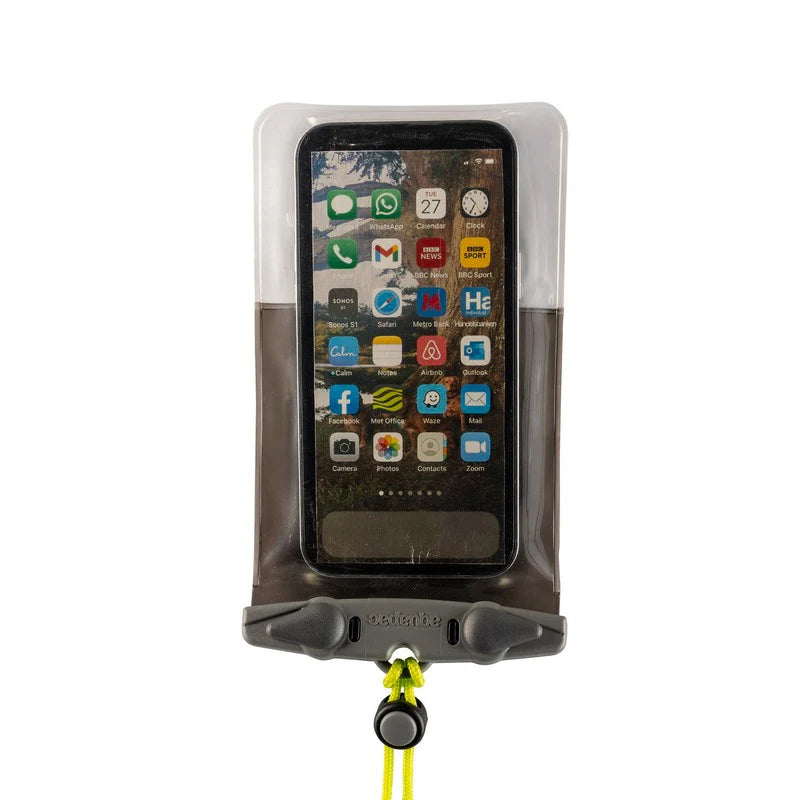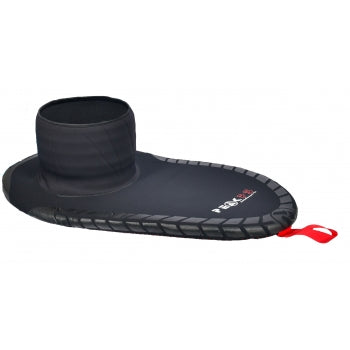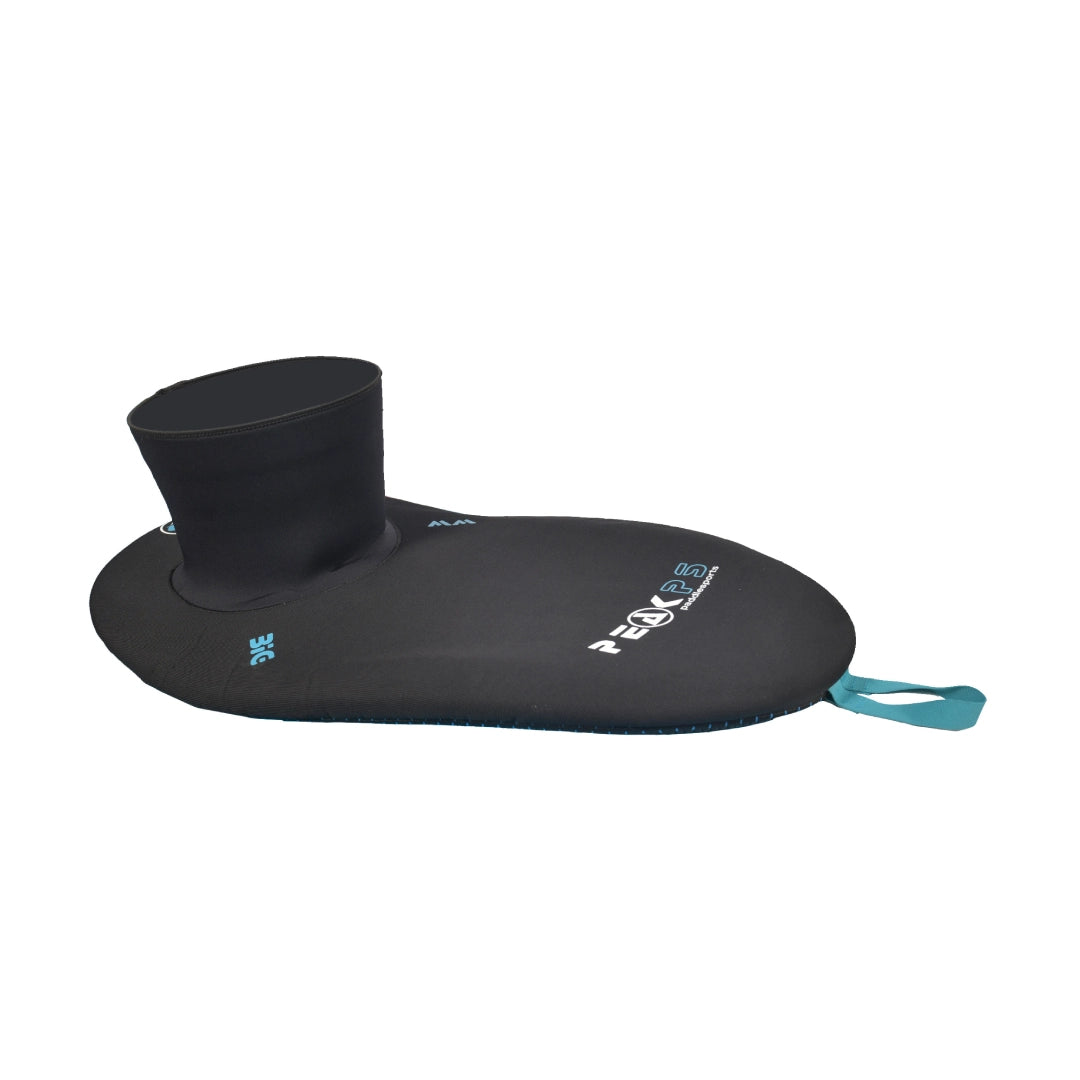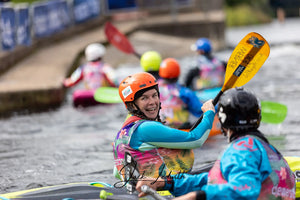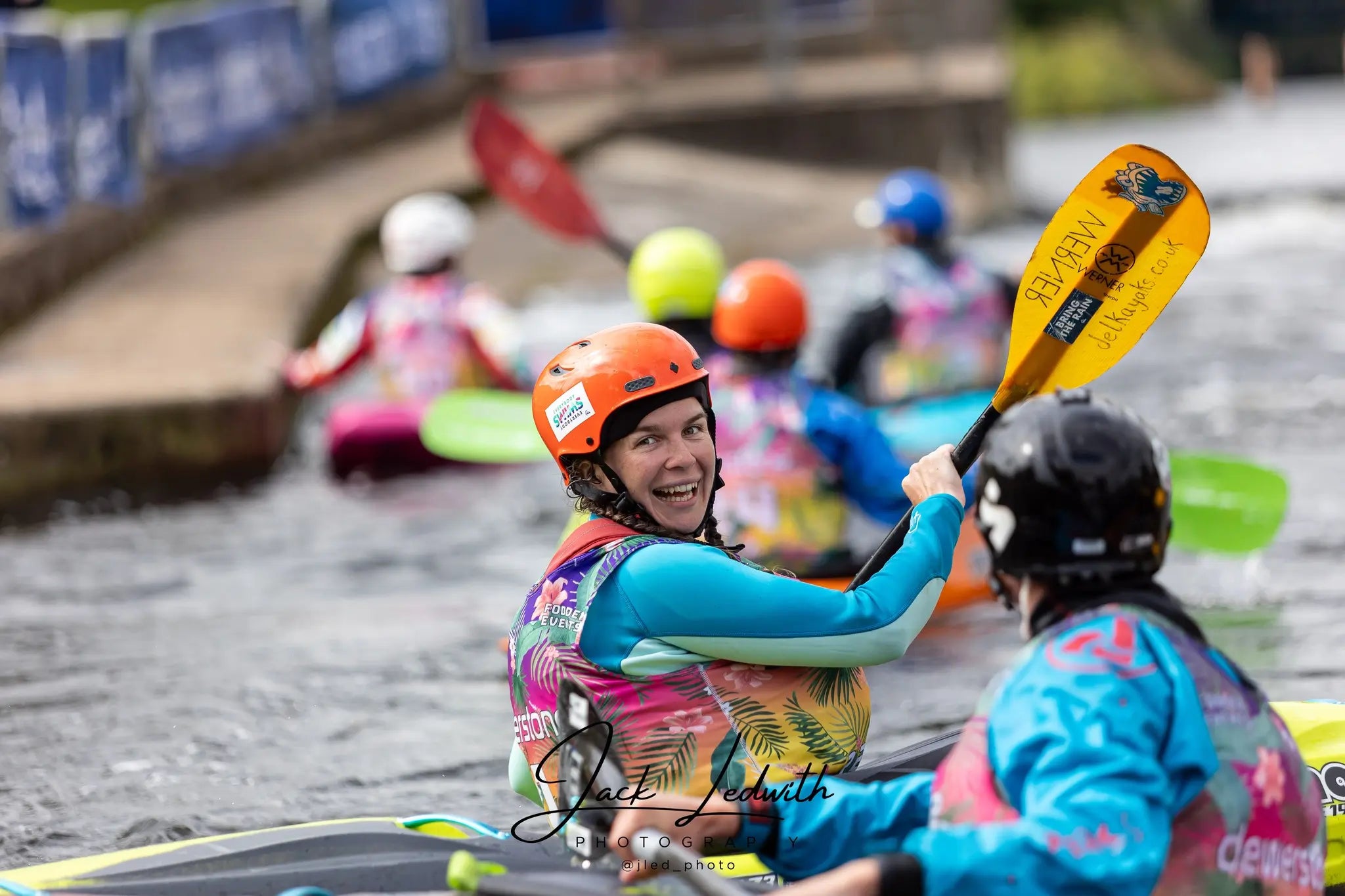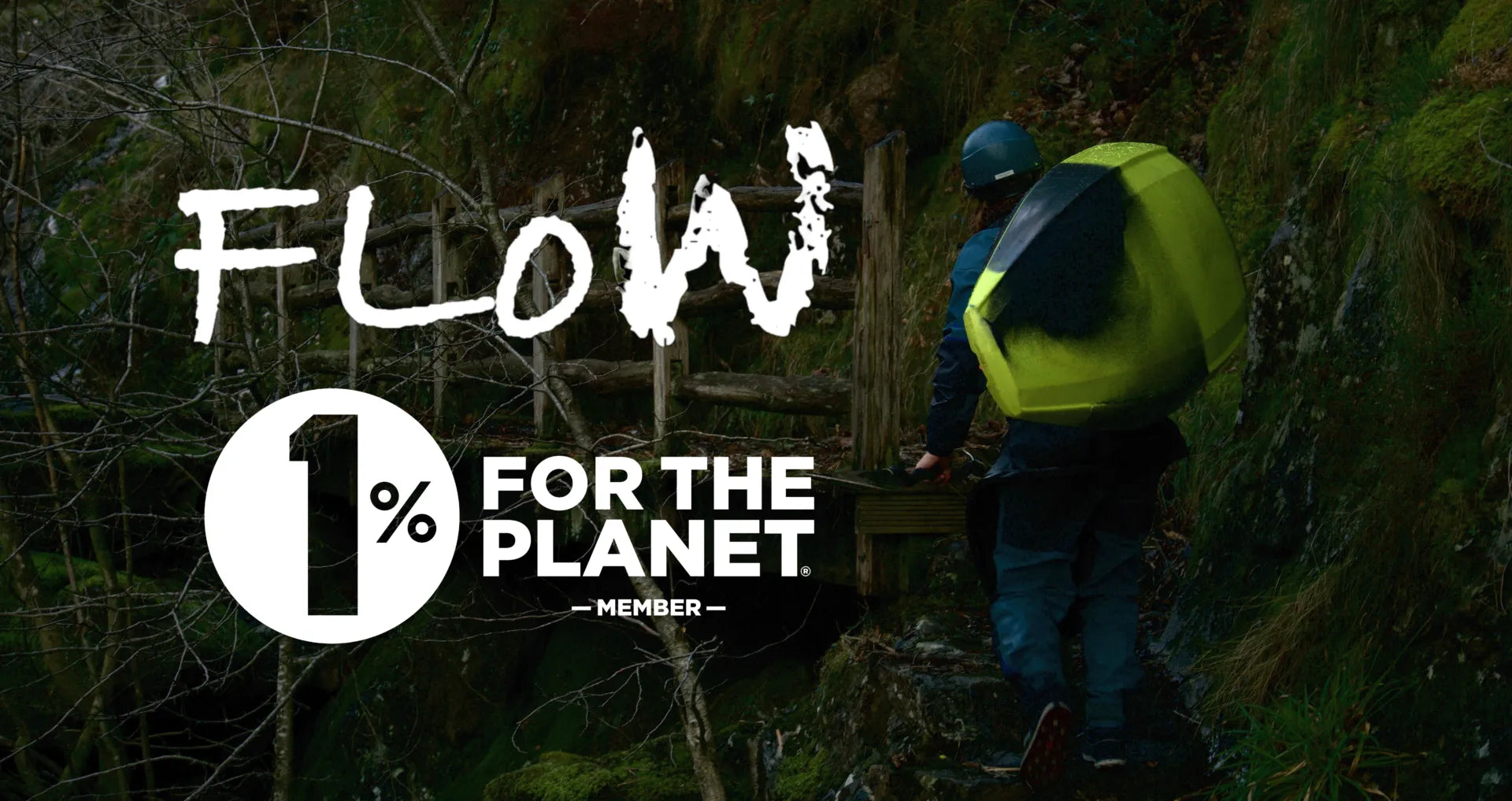
Whether you are new to kayaking or a seasoned paddler looking to upgrade your current boat, choosing the right kayak can feel a bit overwhelming. With so many options available, from touring kayaks to rugged white water kayaks, it’s important to find one that suits your paddling style, the type of water you’ll be exploring, and your level of experience.
In this guide we will help break down the different types of kayaks available and what to consider when making your choice.
1. Where Will You Be Paddling?
The first thing to think about is where you’ll be using your kayak. Different boats are designed for different environments:
· Flatwater (Lakes, Canals, Calm Rivers)
A recreational or touring kayak is ideal. These are usually stable, comfortable and track well in a straight line. Perfect for relaxed paddling and day trips.
· Coastal Waters and Estuaries
Consider a sea kayak. These are longer and narrower, offering better glide and performance in open water and choppier conditions.
· Whitewater Rivers
You will l need a specialist whitewater kayak. These are shorter, more manoeuvrable, and designed to handle rapids, rocks and fast-flowing water. In addition you will need to decide on the style of whitewater kayaking you want to do, play boating, river running, and river play, creeking (less so in the UK)
· Multi-purpose Use
If you’re unsure or want one kayak to do a bit of everything, look at crossover kayaks, designed to handle a mix of flat and moving water.
2. Sit-In vs Sit-On-Top
Another key decision is whether you want a ‘sit-in kayak’ or ‘sit-on-top’ kayak:
Sit-in kayaks offer better protection from the elements and are ideal for longer journeys and colder UK weather. They give you more control and are generally more efficient to paddle. If you are padding white water, in most cases a sit in kayak with a spray deck is recommended, although there are some exceptions.
Sit-on-top kayaks are easy to get on and off, they are mostly designed to be accessible to all and stable. Great for beginners and experienced paddlers, perfect for summer paddling, fishing, or beach fun. They’re also self-draining, so you don’t need to worry if you take on a bit of water. If you do enjoy messing around on top and in the water, they are easy to climb back on to.
3. Consider Your Experience Level
If you're just starting out, you’ll likely want a kayak that is a bit more stable, forgiving, and easy to handle. More advanced paddlers may prioritise performance and responsiveness for specific environments.
Some beginners prefer inflatable kayaks or sit on tops for their ease of storage and transport, especially if space is limited at home, do make sure the kayak type is suitable for the water you will be paddling on.
4. What about Size and Weight?
Length and width affect how the kayak performs. Longer kayaks are faster and track straighter, while shorter ones turn more easily. Wider kayaks tend to be more stable.
Weight is another factor, especially if you’ll be lifting it on and off a car or carrying it to the water.
Paddler weight range is important to, most manufacturers provide a weight range guide, make sure you factor in the gear you are wearing, any safety gear inside the boat on top of your own weight when looking to see where in the weight range you sit
5. Try Before You Buy
Kayaks are a very personal choice. What feels comfortable and right for one paddler might not work for someone else. That’s why it’s always a good idea to seek advice from a kayak shop or club for advice based on your needs.
Most shops have demos, pop in or call and arrange a demo. Getting a feel for the boat on the water can make all the difference, helping you find the right kayak not just for the type of water you paddle, but for your body, comfort and confidence too.
Looking to find the right kayak for your next adventure? Pop into Flow Kayaks in Nottingham or give us a call, free advice and demo boats available. Our friendly team are happy to help you choose the perfect kayak
